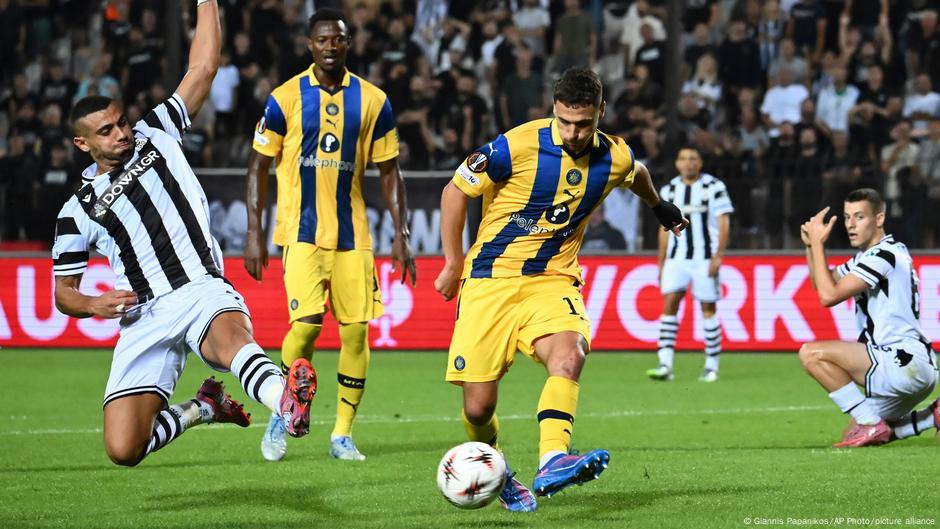Louvre Reopens Swiftly After Bold Heist: Security Flaws Exposed
The Louvre's Swift Reopening After a Bold Heist
The Louvre museum reopened just three days after a daring daylight robbery that shocked the world. Thieves disguised as construction workers used a hoist to access the Apollo Room, where they cut through a glass window and stole eight priceless French crown jewels. Despite the alarm being triggered, the robbers escaped within eight minutes, leaving behind one dropped crown and evidence including a power saw and gasoline.
Security Flaws Exposed
This audacious theft exposed significant security weaknesses at the Louvre. A recent audit revealed that over a third of the rooms in the Denon wing, including the Apollo Room, lacked surveillance cameras, and the glass cases protecting the jewels were not strong enough. French officials have acknowledged these failures, sparking a national debate on museum security and protection of cultural heritage.
Impact on Visitors and Museum Operations
While the Louvre resumed welcoming visitors, the Apollo Gallery remains closed as investigations and security upgrades continue. Crowds gathered outside, reflecting the public’s fascination and concern over the incident, which remains one of the biggest museum heists of the century.
About the Organizations Mentioned
Louvre
The Louvre is the world’s largest and most famous art museum, originally built as a fortress in the late 12th century to protect Paris's western edge. It evolved into a royal residence by the 14th century, with major Renaissance renovations initiated by King Francis I in 1546, who began transforming it into a palace and an art collection center. Subsequent French monarchs expanded the Louvre, including Louis XIII and Louis XIV, who added significant artworks and architectural elements such as the iconic Colonnade. When Louis XIV moved his court to Versailles in 1682, the Louvre ceased to be a royal residence and gradually became more focused on art and culture[1][2][3]. The Louvre officially became a public museum during the French Revolution in 1793, opening as the Musée Central des Arts with an initial collection largely composed of royal and confiscated church property. Under Napoleon Bonaparte, it was renamed Musée Napoléon and expanded dramatically with art acquisitions from his military campaigns, including Egyptian artifacts. The Second Empire under Napoleon III saw extensive building expansions and the addition of thousands of objects, establishing the Louvre as a premier cultural institution[1][3][4]. Today, the Louvre houses an unparalleled collection of artworks spanning nearly two millennia, including masterpieces such as the Mona Lisa, Venus de Milo, and The Wedding Feast at Cana. It occupies over 60,600 square meters and attracts around 10 million visitors annually, making it the most visited museum in the world. Architecturally, it features famous sections like the Grande Galerie, the Cour Napoléon with its glass pyramid entrance, and Napoleon III apartments. The museum’s blend of history, art, and architectural grandeur makes it a symbol of cultural heritage and an innovative institution at the intersection of history, art, and public engagement[2][5][6]. Notably, the Louvre continues to evolve, reflecting advances in museology and technolog









